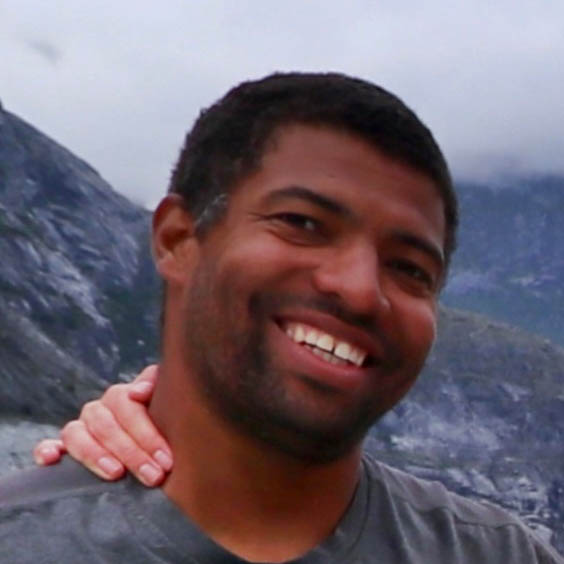AWARD WINNERS 2025
AWARD PICTURE OF THE YEAR 2025
TIE
11)

TIDINGS OF JOY

35)
SY PATHFINDER 
AWARD WINNER SPIRIT OF EXPLORATION
2025 AWARD WINNER
GOOD SAMARITAN AWARD
4)
We were heading back to Shelter Bay Marina for the upcoming Ocean Posse rendezvous when we heard a distress call come across VHF channel 16. A boat was sinking and needed immediate assistance. My chart plotter was littered with targets of other boats yet no one responded. Marla and I answered the call. The boat was a 1984 Tanaya 37 with water egressing rapidly. The owner was standing in ankle deep water on his cabin sole as he gave me his position. We immediately doused the sails and turned back. I motored as fast as I could pushing Long Windid thru steep waves towards the distressed boat.
We were approximately 8 miles away and were in constant contact with the distressed boat. Eric, on Cruzon was now involved yet could not contact the vessel directly due to his distance, so I was the relay. The owner was tired, panicked and frustrated. He was emotionally ready to abandon ship and let the boat sink. Eric suggested to run it on to the sandy beach. Finally, as I got closer, he was able to slow the water by stopping his motor. He later told me the bellows on his dripless gland failed and by stopping the rotation of the shaft it slowed the water flow. Fortunately, by the time we had arrived, the Tanaya had her head sail up and was limping towards Turtle Cay Marina. We stayed around to shepherd the boat thru the narrow cut at the entrance of the marina. There we met up with Curzon who was waiting at the entrance. That evening the owner and his wife came over to our boat and expressed their extreme gratefulness for both Eric and our assistance. He noticed the Ocean Posse flag flying. He said he has been with buddy boats in the past that would not have turned around. It did not surprise him that the two boats that came to his assistance were Ocean Posse boats. His interaction with other Posse boats has always been positive.
LONG WINDED
2025 AWARD WINNER
BOAT YOGA POSE
6)
SY SUMMER BREEZE 
WINNER OF THE 2025
COURAGE AWARD
2)
On Sunday, May 19, 2025, at 10:40 AM, the French Polynesia Maritime Rescue Coordination Center (JRCC Tahiti) received a distress alert from a satellite PLB beacon associated with the pleasure craft “Pathfinder,” registered under the U.S. flag, with four people potentially on board, located south-southwest of the island of Tahuata.
While deploying maritime resources, the JRCC also utilized a privately available aircraft, a Cessna, which located the capsized vessel at 1:44 PM but did not observe any survivors nearby.Fishing vessels “Moite,” “Poeani,” and “Nelckael” were dispatched to the area. The “Moite” found the wreckage and various floating debris but did not locate the castaways.Subsequent signals from the distress beacon indicated movement inconsistent with drifting, suggesting a trajectory toward Tahuata Island. Around the same time, the “Poeani” reported rescuing the four castaways, who were struggling to reach land using stand-up paddleboards.
The survivors were brought ashore at Hiva Oa and attended to by firefighters.
The swift identification of the distressed vessel was facilitated by the owner’s registration of the beacon in the appropriate databases, allowing JRCC Tahiti to quickly correlate the information and coordinate the rescue efforts.

SY PATHFINDER CAPTAIN CREW AND LOCAL FISHERMEN WHO RESCUED THEM NEAR THE SSW COAST OF TAHUATA
HONORABLE MENTION
1)
|
ALL STATIONS · FLEET ALERT · PIRACY ATTACK “Pan Pan Pan Pan, my friends on SV Supernova were boarded and attacked by pirates near Islas Los Frailes 11°27.976′ N 063°23.585′ W reported by SY DARK HORSE |
|
|
|
|
|
the position where the incident occurred is shown in the black image and the chart track shows where they were and their position around 1400 local. |
|
  |
|
|
SY SUPERNOVA |
AWARD WINNER 2025
HIGHEST WIND RECORDED

WINNER 2025 CAPTAIN RON AWARD



 KYLE & LEAH Gulfstar 44
KYLE & LEAH Gulfstar 44 )
) FRENCH POLYNESIA
FRENCH POLYNESIA 
 Venezuela yesterday morning 2024-12-07 around 0600 AM local time .
Venezuela yesterday morning 2024-12-07 around 0600 AM local time .